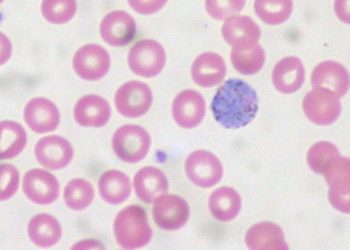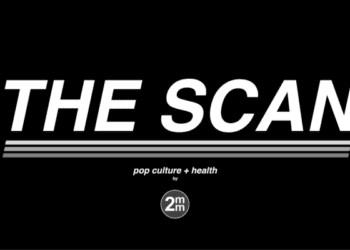Targeted indoor residual spraying (IRS) is non-inferior to standard IRS for malaria control and in low-transmission settings
1. Targeted IRS was non-inferior to standard IRS with respect to malaria incidence (1.05 cases per 1000 person-years vs. 0.95 cases per 1000 person-years).
2. Targeted IRS was more cost-effective and saved $7845 USD per additional DALY incurred.
Evidence Rating Level: 1 (Excellent)
Study Rundown: Since 2017, global malaria funding has remained well below WHO’s $5.6 billion per year target. Increasing insecticide costs and constrained budgets have called for more efficient strategies to reduce malaria transmission. One such strategy is targeted indoor residual spraying (IRS) in which only houses of index cases and immediate neighbors are sprayed. This is in contrast to standard IRS which comprises annual mass spray campaigns in areas using historical data. This study aimed to evaluate the effectiveness of reactive, targeted IRS versus standard IRS in northeastern South Africa. The primary endpoint was malaria incidence, while secondary endpoints included household compliance, attitudes to IRS, and serological markers. According to study results, targeted IRS demonstrated non-inferior malaria incidence across the two-year period compared to the standard IRS group. Additionally, targeted IRS yielded a much greater cost benefit per additional disability adjusted life-year (DALY) incurred. A weakness of this study was that households from only three districts in northeastern South Africa were included. Given that these regions are known to have a low viral transmission, the incidence of malaria was likely underreported. Nevertheless, this study sheds light onto the non-inferior nature of targeted IRS compared to standard IRS in this very-low transmission setting.
Click to read the study in The Lancet
In-depth [randomized controlled trial]: This study took place between Aug 1, 2015, and July 31, 2017, in the rural subdistricts of Bushbuckridge in Mpumalanga province and Ba-Phalaborwa in Limpopo province. Clusters comprising 5000-10 000 people were formed using census wards. Included clusters had ≥ 1 year history of local cases in the last 5 years before the trial. Altogether, 400 000 people resided within trial clusters with the majority (72%) belonging to the province of Mpumalanga. A non-inferiority margin of 1 case per 1000 person-years was selected.
During the 2-year trial period, 1030 cases of malaria were detected, of which 705 (68%) were classified as local. The annual incidence of cases was 0.05 per 1000 person-years (n=20) in year 1 and 1.74 per 1000 person-years (n=685) in year 2. The primary endpoint of malaria incidence showed non-inferiority between the targeted IRS group (1.05 per 1000 person-years, 95% confidence interval [CI] 0.72-1.38, n=394) compared to the standard IRS group (0.95 per 1000 person-years, 95% CI 0.58-1.32, n=311), with a rate difference of 0.10 (95% CI -0.38 to 0.59) or one extra case per 10 000 people in the targeted IRS group. In terms of cost-effectiveness, the average annual economic cost was $88 258 per 100 000 population for targeted IRS. This is 52% less than the cost for standard IRS ($184 319). Targeted IRS was more cost-effective as it involved spraying fewer structures, did not use contract sprayers, and used substantially less insecticide, transport, and equipment. Across the trial period, targeted IRS saved $7845 (95% CI 2902-64 907) for each additional DALY incurred related to standard IRS. There were 21 deaths altogether, 12 in the standard IRS group and 9 in the targeted IRS group. No other serious adverse events were reported. Overall, findings from this study suggest that targeted IRS was non-inferior, safe, and cost-effective compared with standard IRS. Saved resources could be reallocated to other malaria control strategies.
Image: PD
©2021 2 Minute Medicine, Inc. All rights reserved. No works may be reproduced without expressed written consent from 2 Minute Medicine, Inc. Inquire about licensing here. No article should be construed as medical advice and is not intended as such by the authors or by 2 Minute Medicine, Inc.





